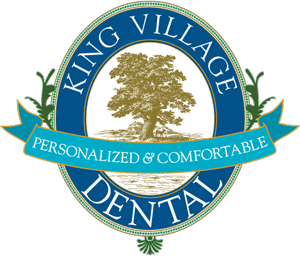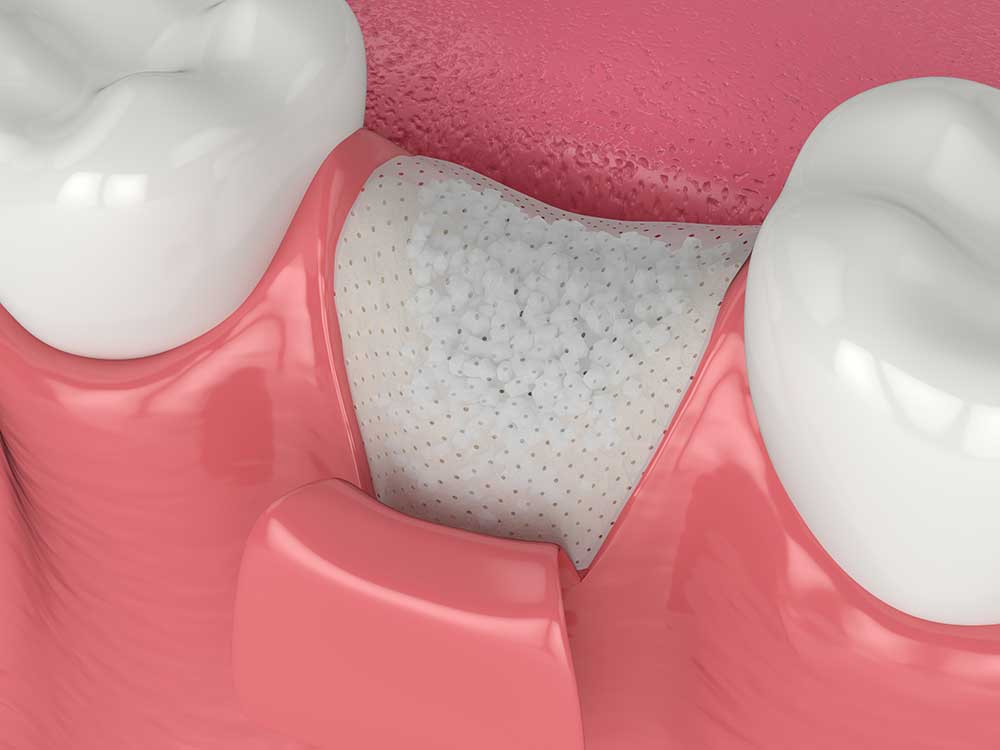Dental Bone Grafts Bowmanville
1. What are dental bone grafts, and why are they important?
Dental bone grafts are surgical procedures that replace missing bone in the jaw. They are necessarily for many seeking dental implants because they improve bone density.
2. How does bone loss occur after tooth extractions?
A tooth extraction means the jawbone isn’t getting the pressure and movement it once got in chewing. It then shrinks. Patients can lose 25% of bone in the first year after an extraction.
3. What materials are used in dental bone grafting procedures at King Village Dental?
We use materials for bone grafting that include human donors, the patient donating, animal bone and synthetic bone.
4. How is a dental bone grafting procedure performed?
We make an incision in the jaw and then place the material into the area needing bone. We suture it and the material integrates with the bone.
5. What can I expect during recovery from a dental bone graft in Bowmanville?
Post-operative care is important but you can recover from a bone graft in a week or two. There are dietary restrictions and some physical activity restraints during healing.
6. How long does it take to heal after a dental bone graft?
Healing times vary depending on the individual and the extent of the graft. Typically it’s a few weeks.
7. Are dental bone grafts covered by insurance?
It depends on your insurance but we can find out for you before you have the procedure.
8. How can I schedule a consultation for dental bone grafting in Bowmanville?
You can call King Village Dental directly at 905-697-7727 or visit our website to request an appointment.


